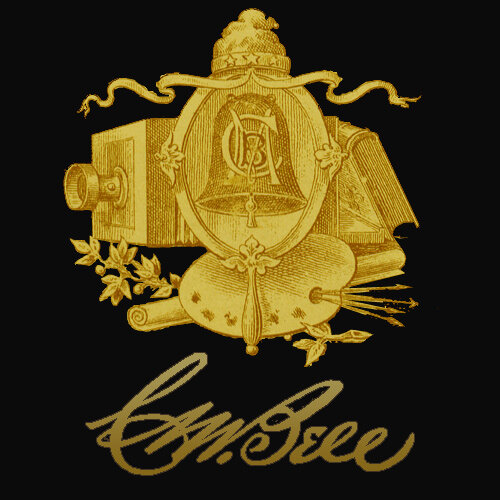
General Robert MacFeely, see below

George Dewey, Admiral of the Navy
Dr. Mary Walker, click to read more
Christopher Colon Augur, see below
Brigadier General Absalom Baird

Major James E. Bell

General G.W, Harkins

Colonel Henry C. Loomis

Mr. DeClapeseda
Col. Charles E. Hooker, see below

Sergeant E. Hawkins

General Longsheet

C.P. Lincoln

Admiral Upsher
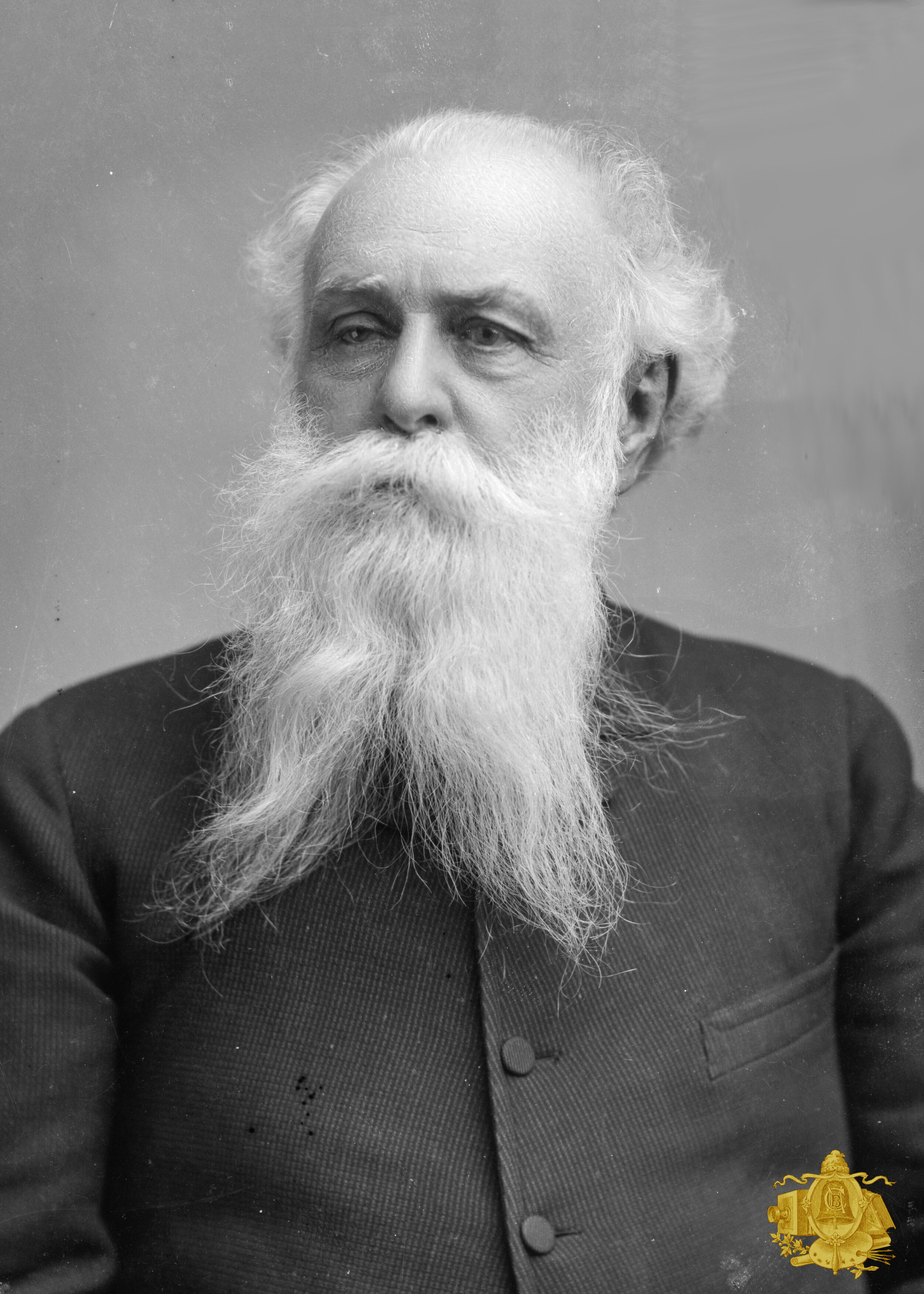
Admiral R.M. Stembel
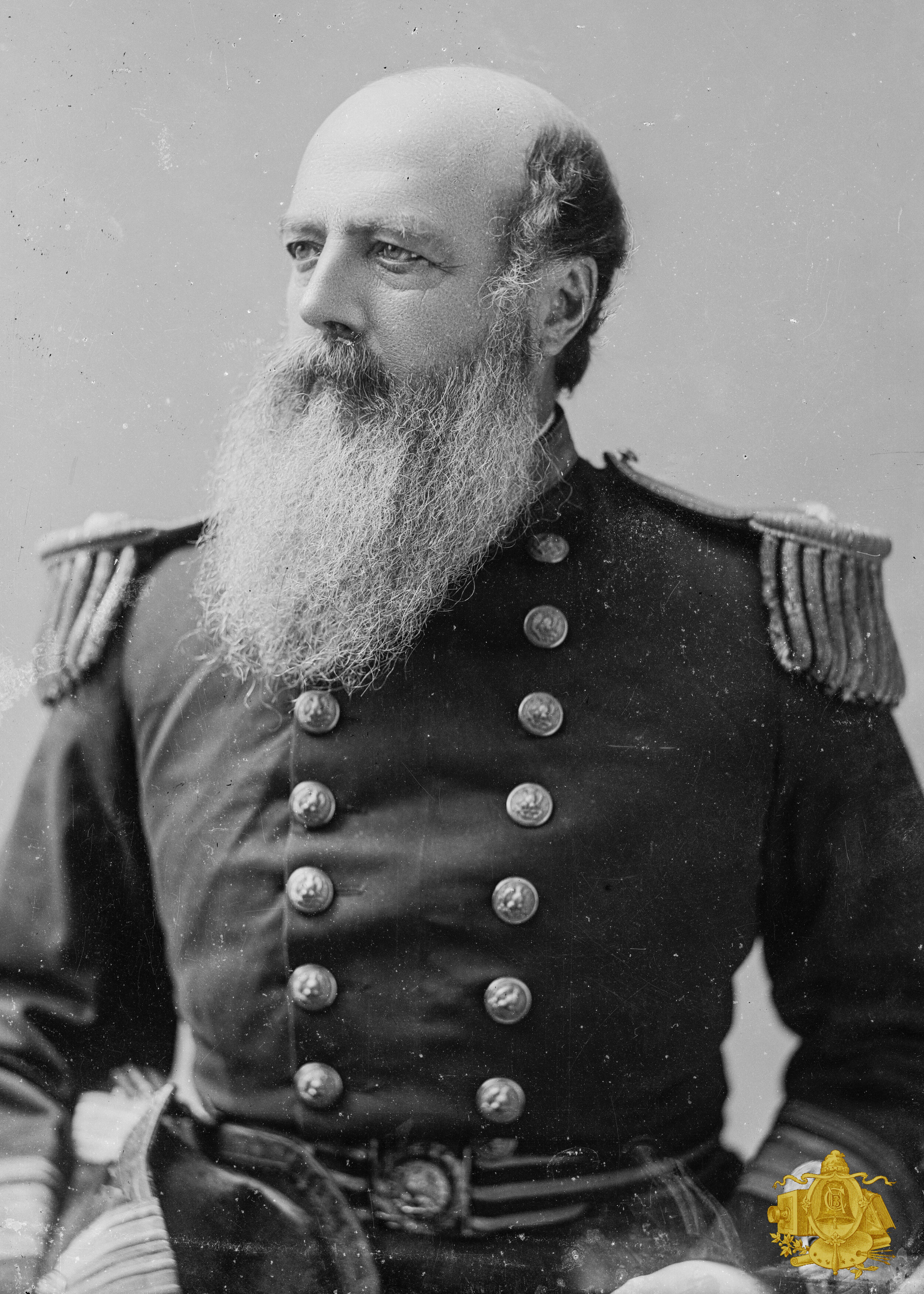
Admiral Simpson
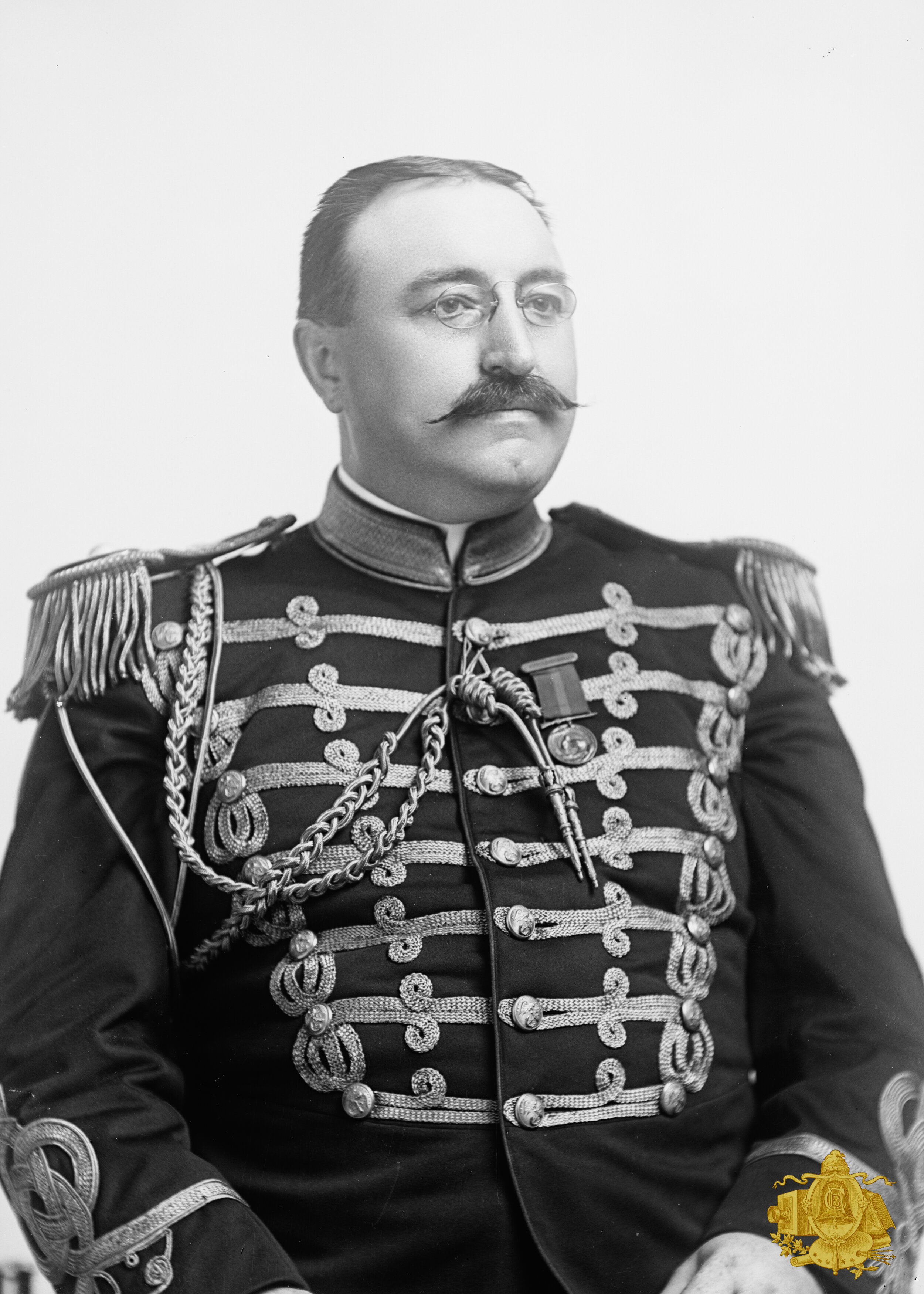
W.H. Santelman
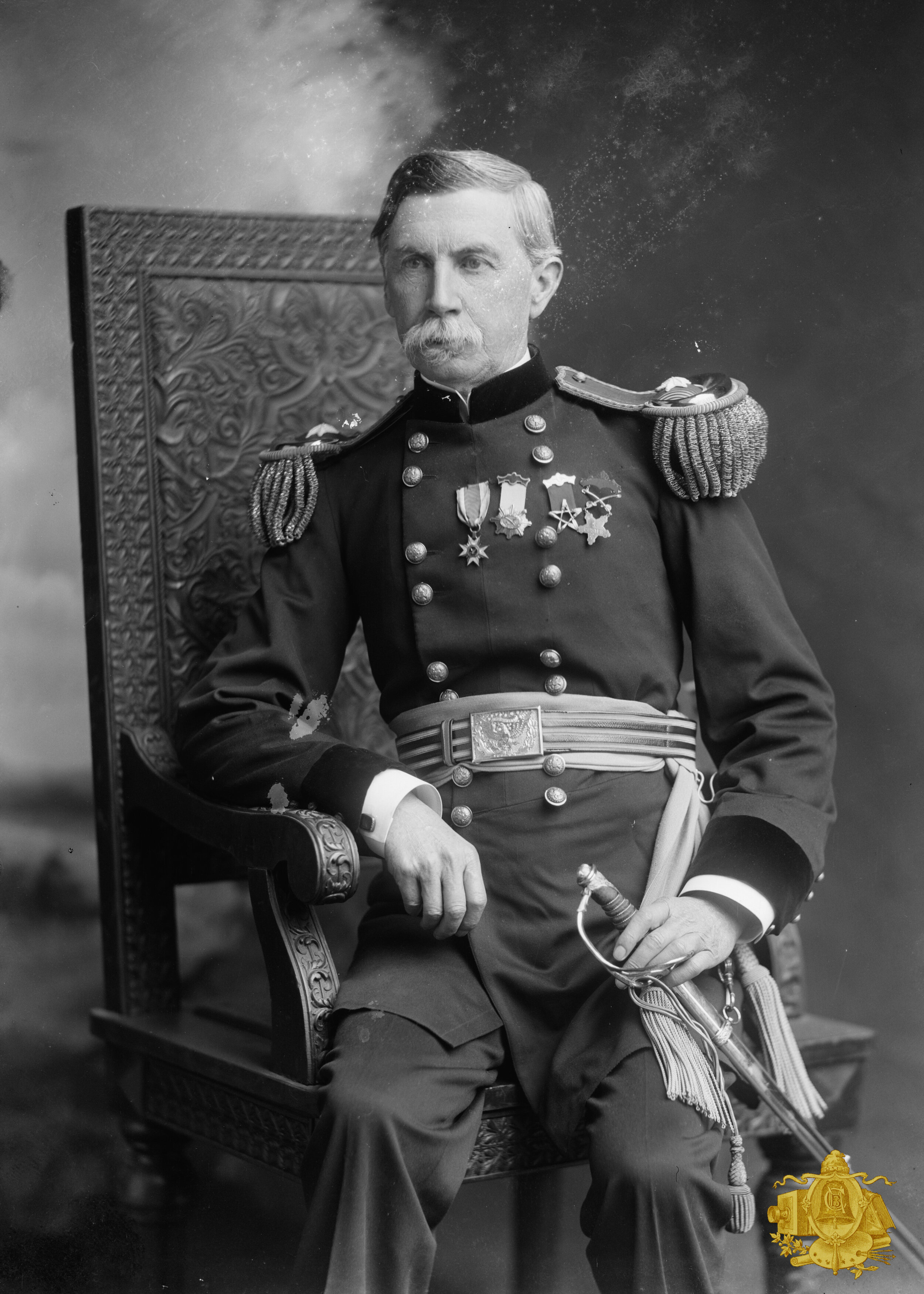
General Witcher

Mr. DeClapaseda

Major Averill

Major Tierney

W.E. Parker

R.C. Van Vhit

Major Parmenter
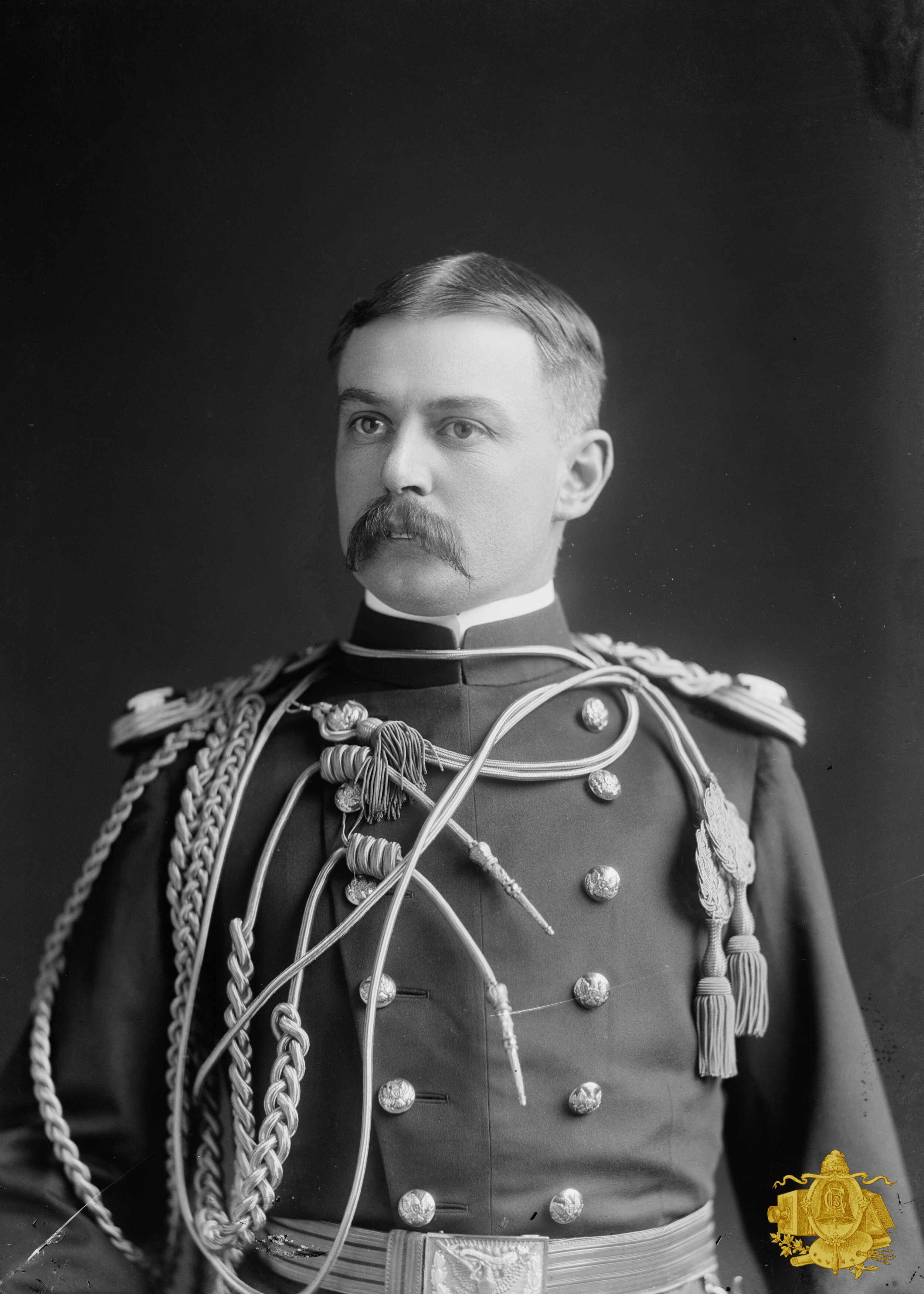
Captain S.H. Elliot

Major Edward Lloyd

Col. G. W. Baird
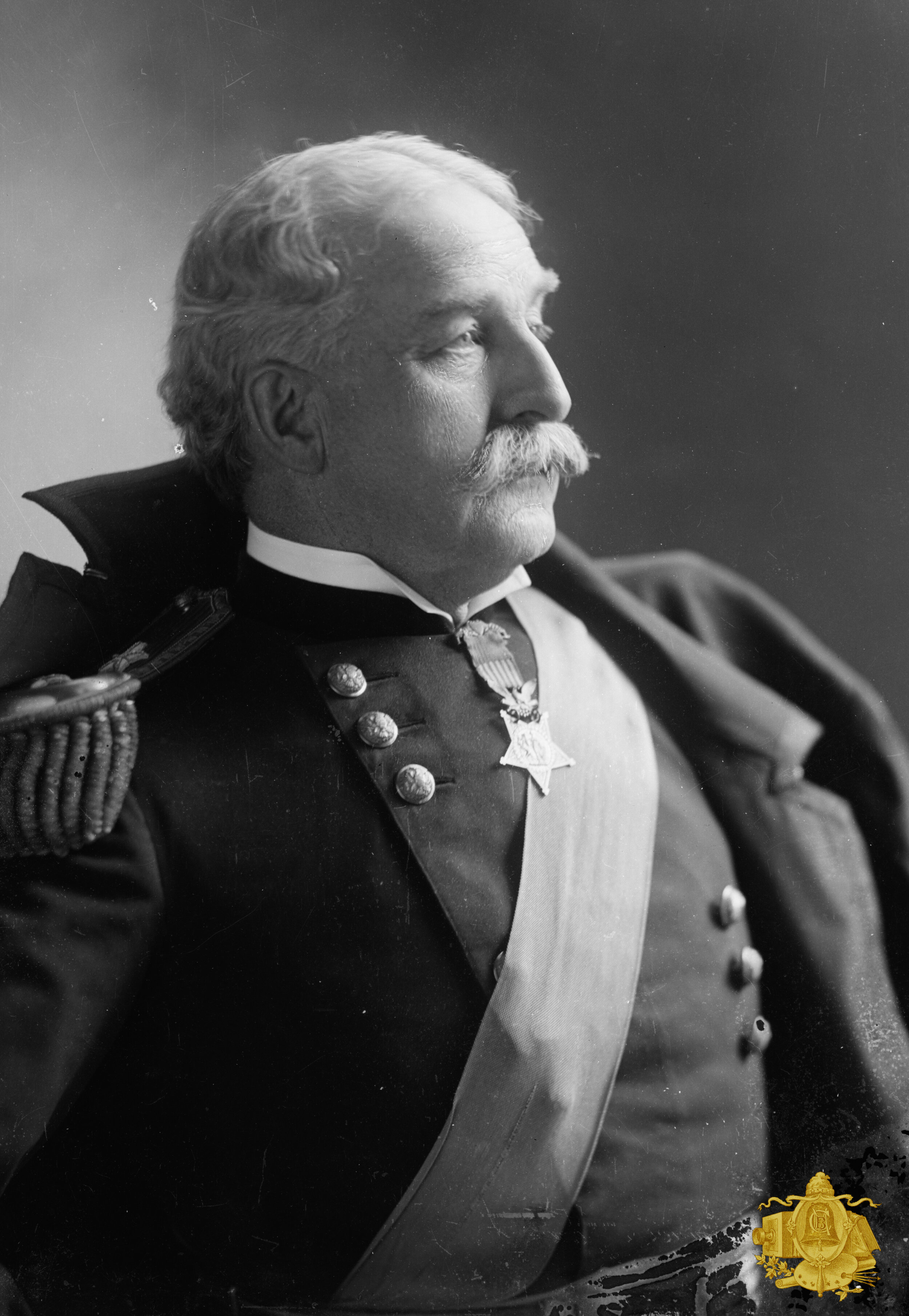
General N.A. Miles

F.T. Sherman
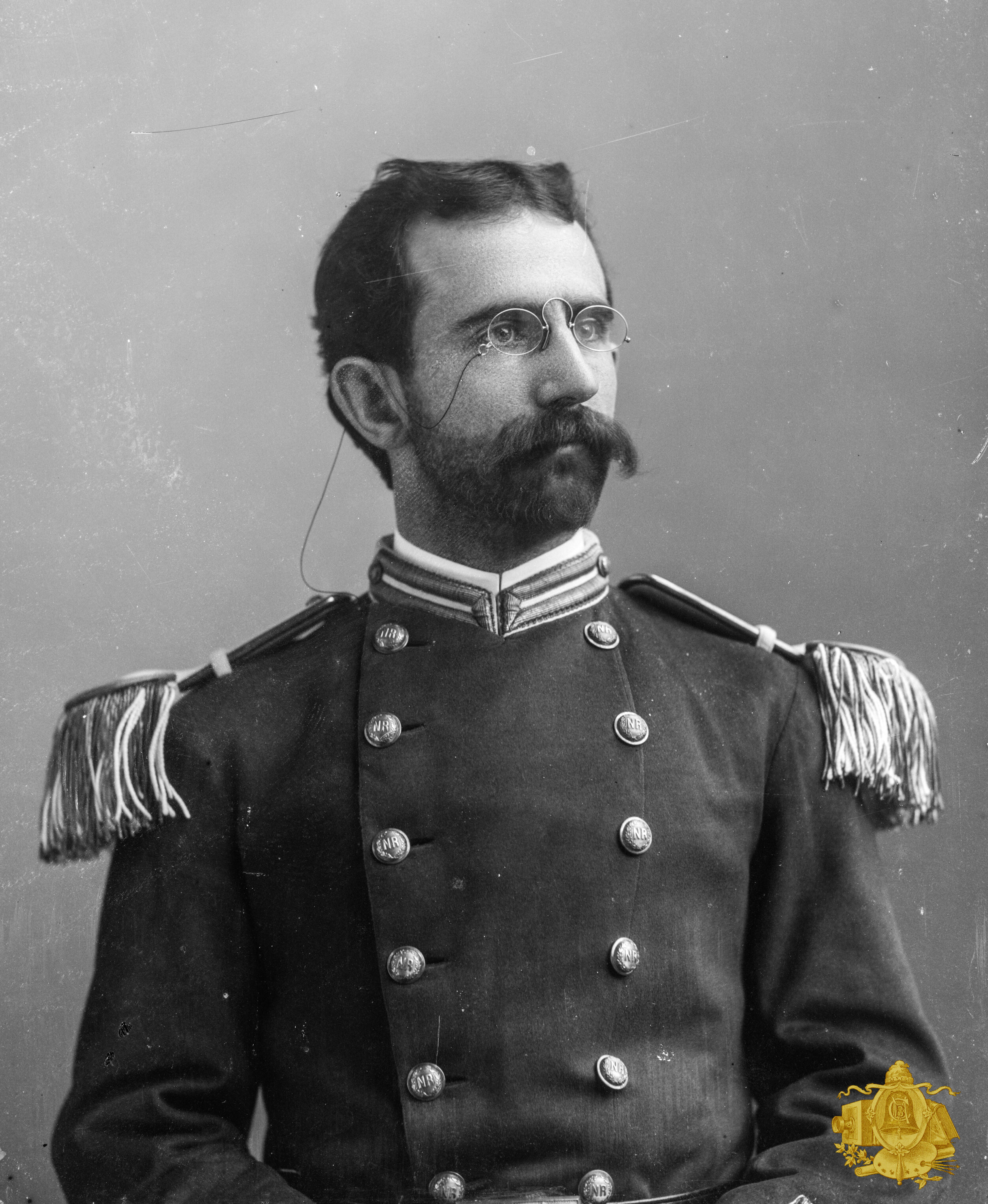

General D.S. Stanley

General George B. Williams

W.E. Blocher

E.H. Hunter Group

Gen. Henry Jackson Hunt
Henry Jackson Hunt
Henry Jackson Hunt
Henry Jackson Hunt (September 14, 1819 – February 11, 1889) was Chief of Artillery in the Army of the Potomac during the American Civil War. Considered by his contemporaries the greatest artillery tactician and strategist of the war, he was a master of the science of gunnery and rewrote the manual on the organization and use of artillery in early modern armies. His courage and tactics affected the outcome of some of the most significant battles in the war, including Malvern Hill, Antietam, Fredericksburg, and most notably at Gettysburg, where his operational decisions contributed greatly to the defeat of Pickett's Charge.
“Civil War Union Brigadier General. Born in Detroit Barracks, Michigan, which was the military outpost there, he was the son of Samuel Wellington Hunt, an infantry officer. He was named after his uncle, who was the second Mayor of Detroit. He attended West Point where he became interested in service with the new light artillery, graduating 19th in his class in 1839. On the eve of civil war, he held the rank of Major and had served on a board to revise light artillery tactics. He was considered one of the foremost authorities on artillery. Under fire at First Bull Run, he acted coolly and competently, using his artillery to turn back a Confederate assault on the left flank that might have finished the beaten Federals. When Major General George B. McClellan took command of the Army of the Potomac, he demonstrated his faith in him by promoting him to Colonel and putting him in charge of the Artillery Reserve, an idea he had masterminded. He returned the favor by continued loyalty to "Little Mac" long after it became politically inappropriate. He served notably on the peninsula, where his Artillery Reserve smashed General Robert E. Lee's assault on Malvern Hill. Promoted to Brigadier General and Chief of Artillery on September 15, 1862, he led his guns into battle at Antietam harassed by uncooperative infantry commanders. At Fredericksburg, his 147 guns were used to destroy the town but were unable to push the Confederates off Marye's Heights. In 1863 Major General Joseph Hooker chose to lessen his authority, then suffered a defeat caused in part by the ineffective artillery support of an arm reduced to chaos. Restored to his command by Major General George G. Meade at Gettysburg, he mustered the 70 Cemetery Hill guns that threw back Pickett's Charge. This action proved to be the height of his career. Under Lieutenant General Ulysses S. Grant he remained Chief of Artillery until 1864 when he was put in command of siege operations at Petersburg. Throughout the war his attempts to make the artillery an independent branch were hampered by infantry commanders who bitterly attacked him, feeling they should have complete control of the artillery. Though brevetted a Major General, he reverted to the rank of Colonel at war's end. He served with the Regular Army and after retirement became governor of the Soldiers' Home in Washington D.C., where he later died and now rests.” - https://www.findagrave.com/memorial/4844/henry-jackson-hunt
Other Links: From Emerging Civil War, by Sarah Kay Bierle
Major General C.C. Augur
From Emerging Civil War, by
Christopher Columbus Augur, born July 10, 1821 in Kendal New York, he died in Georgetown, Washington, D.C. ,January 16, 1898 He was an American military officer, most noted for his role in the American Civil War. Although less well known than other Union commanders, he was nonetheless considered an able battlefield commander. Augur graduated in 1843 in the same class as General of the Army Ulysses S. Grant. The American Civil War was just over four months old when Augur was made Commandant of Cadets at West Point on August 26, 1861, replacing John F. Reynolds (d. July 1, Gettysburg) In November, 1861, Augur was appointed Brigadier General of volunteers and assigned a brigade command in Brigadier General Irvin McDowell's Corps In July, 1862, Augur was one of the Army officers who were present at the Petersen House where the mortally wounded President Abraham Lincoln was taken after he was shot by John Wilkes Booth. At Secretary of War Edwin Stanton's request, Augur went into the street and called out for a competent phonographer who knew shorthand well enough to take verbatim notes for Stanton as he interviewed witnesses to that night's tragic event Throughout that fateful night, and in the following days, Augur was instrumental in mobilizing troops in his command to pursue and eventually capture Booth and his co-conspirators, Augur served as one of the officers who walked as escorts for the president's body from the Petersen House, where the president died, to the White House. On Wednesday, April 19, 1865, Augur served as the officer in charge of the military procession that escorted the president's body from the White House to the Capitol where it would lie in state. (Wikipedia)
General C.E. Hooker
Charles E. Hooker, of Jackson, Miss., author of the military history of that State, entered the Confederate service in 1861 as a volunteer in the First Mississippi regular artillery, and was captain of his company during the siege of Vicksburg, when he lost his left arm. He was surrendered with the army under General Pemberton, and upon being exchanged was promoted to colonel and assigned to duty as a member of the military court for the army of Mississippi. He was leading counsel in the defense of President Jefferson Davis during the trial at Richmond: was selected as the orator for the reunion of the United Confederate veterans at Atlanta, July, 1898, and as a citizen of Mississippi since the war has had honorable prominence as attorney-general for two terms, and member of Congress for sixteen years.
General Robert MacFeely
General Robert Macfeely was born in Pennsylvania around 1830. General Macfeely's military record began as a graduate of the West Point Military Academy in 1850. He served on the frontier as Brevit Second Lieutenant. In 1852 he was promoted to Second Lieutenant 4th Infantry; on May 11, 1861, promoted to Captain and Commissary Subsistence, where he serves for much of the Civil War. He would be promoted again in 1863 from Captain to Major, then Lieutenant-Colonial and finally Commissary General in 1875."General Macfeely served faithfully in the Army of Tennessee under Generals Grant and Sherman, and was a highly esteemed member of this Society, and his death is deplored by many who knew him." Society of The Army of Tennessee, 1900
Brigadier-General Absalom Baird
Absalom Baird (August 20, 1824 – June 14, 1905) was a career United States Army officer who distinguished himself as a Union Army general in the American Civil War. Baird received the Medal of Honor for his military actions.
Early life
Baird was born in Washington, Pennsylvania. He graduated from the preparatory department of Washington College (now Washington & Jefferson College) in 1841. He enrolled in the United States Military Academy and graduated in 1849, ranked ninth in a class of 43. From 1852 to 1859, he was a mathematics instructor at West Point, where one of his students was James McNeill Whistler. From 1859 to 1861, he served in Texas and Virginia.
Civil War
When the Civil War broke out in 1861, Baird was promoted to brevet captain. He fought at the First Battle of Bull Run under Brig. Gen. Daniel Tyler. On November 12, 1861, Baird was promoted to major in the Regular Army while serving as an assistant inspector general. He became chief of staff to Maj. Gen. Erasmus D. Keyes during the first part of the Siege of Yorktown, where his service earned him a further promotion to brigadier general of U.S. Volunteers on April 30, 1862, to rank from April 28, 1862.
In April 1862, Baird took command of the 27th Brigade, 7th Division in the Army of the Ohio under Maj. Gen. Don Carlos Buell. Baird helped secure the Cumberland Gap in June 1862 under George W. Morgan. He commanded the 3rd Division, Army of Kentucky where his troops fared poorly in the battle of Thompson's Station though Baird was not personally involved. His troops were present at the battle of the Harpeth River before being assimilated into the Army of the Cumberland. Baird's division became the 1st Division of Maj. Gen. George Henry Thomas's XIV Corps. It was in this post that he won fame for his heroic efforts at the Battle of Chickamauga and the Chattanooga Campaign. Baird won a brevet promotion to colonel in Regular Army for Chattanooga. In the Atlanta Campaign, Baird led a brigade charge in the Battle of Jonesborough which earned him the Medal of Honor. He led his division in Maj. Gen. William T. Sherman's March to the Sea and Carolinas Campaign. Baird led his division in the Battle of Bentonville in the latter campaign.
On January 23, 1865, President Abraham Lincoln nominated Baird for appointment to the brevet grade of major general of volunteers, to rank from September 1, 1864, and the U.S. Congress confirmed the award on February 14, 1865. On April 10, 1866, President Andrew Johnson nominated Baird for appointment as brevet brigadier general in the Regular Army, to rank from March 13, 1865, and the U.S. Senate confirmed the appointment on May 4, 1866. On July 17, 1866, President Andrew Johnson nominated Baird for appointment as brevet major general in the regular U.S. Army, to rank from March 13, 1865, and the U.S. Senate confirmed the appointment on July 23, 1866.Baird was mustered out of the volunteer service on September 1, 1866.
Postbellum life
Following the war, Baird served as commander of the department of Louisiana. He was appointed an assistant inspector general with the grade of lieutenant colonel on June 17, 1867. He was appointed Inspector General of the Army on March 11, 1885, and was promoted to a full grade brigadier general on September 22, 1885. In 1887, he traveled to France to observe military maneuvers, and was named a Commander of the Légion d'honneur. Baird retired from the Army on August 20, 1888, having reached the mandatory retirement age of 64.
On April 22, 1896, Baird was awarded the Medal of Honor for leading "an assault upon the enemy's works" at the Battle of Jonesborough on September 1, 1864. He was also a veteran companion of the Military Order of the Loyal Legion of the United States and a member of the General Society of Colonial Wars.
He died at Relay, Maryland near Baltimore, Maryland, and is buried in section 1, lot 55, at Arlington National Cemetery, Arlington, Virginia.
Source, Wikipedia, 2020

